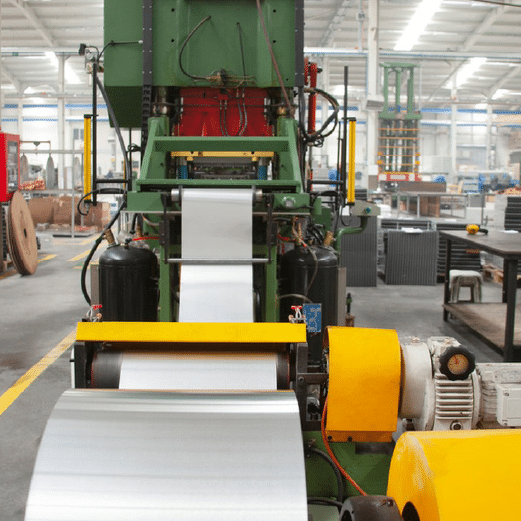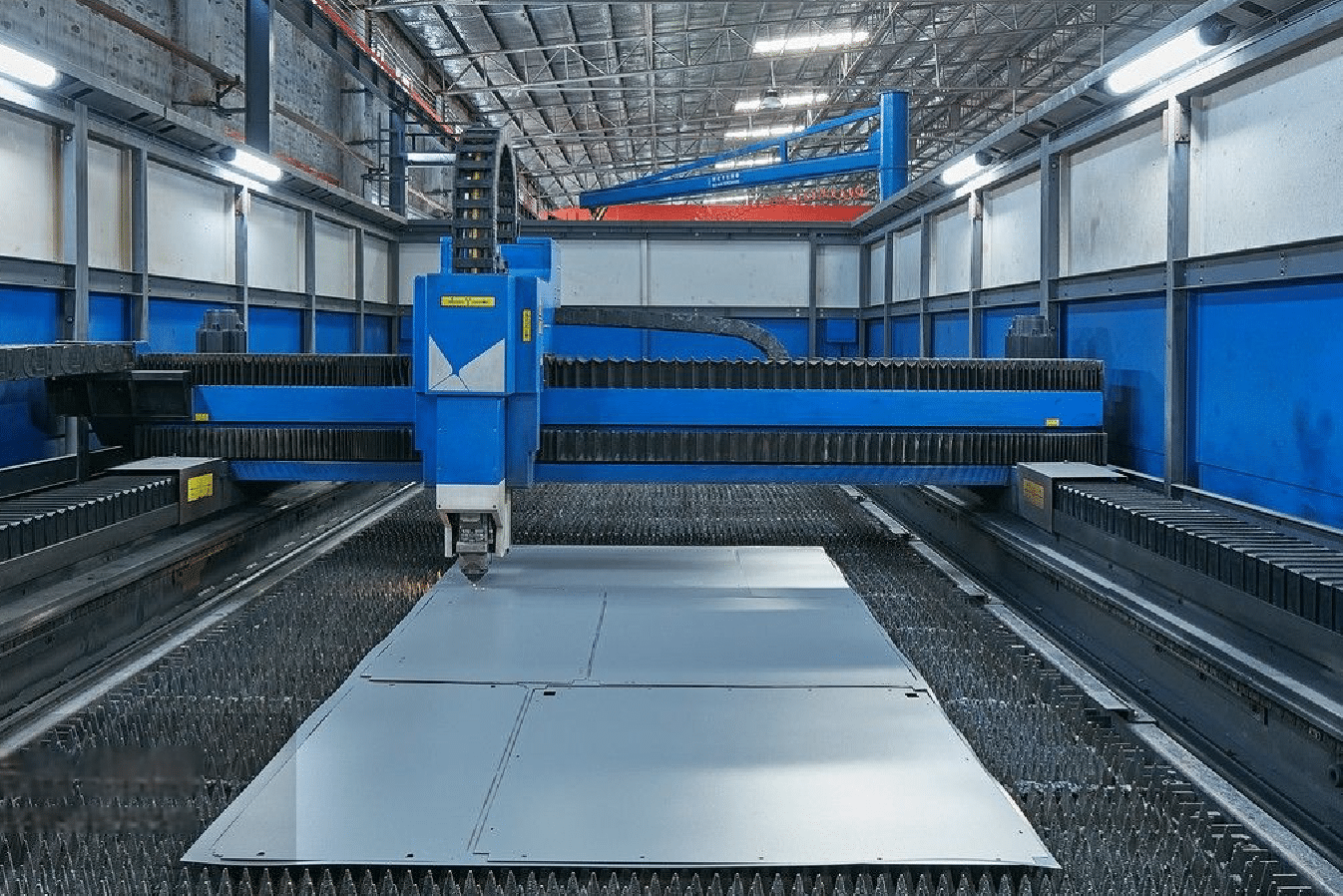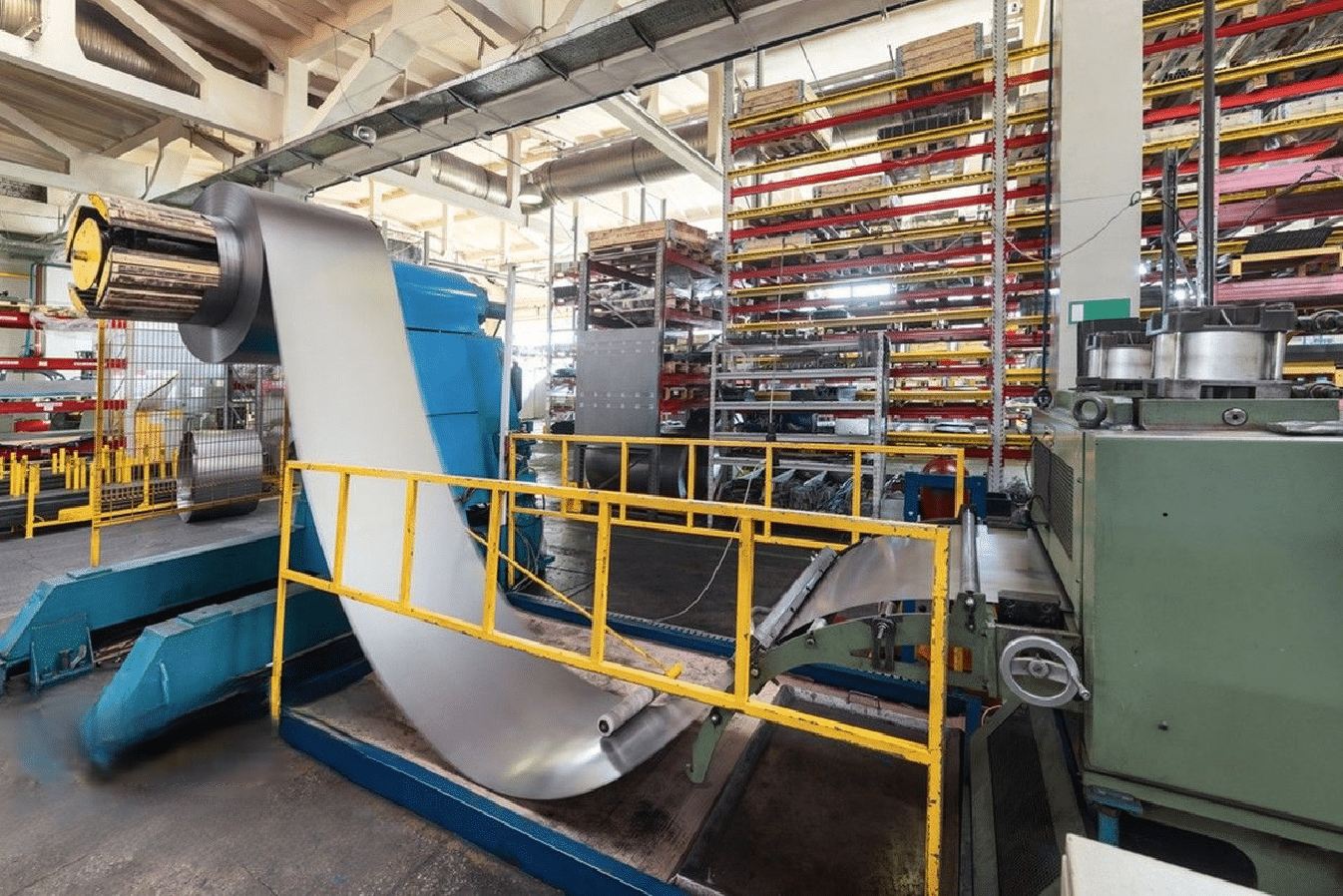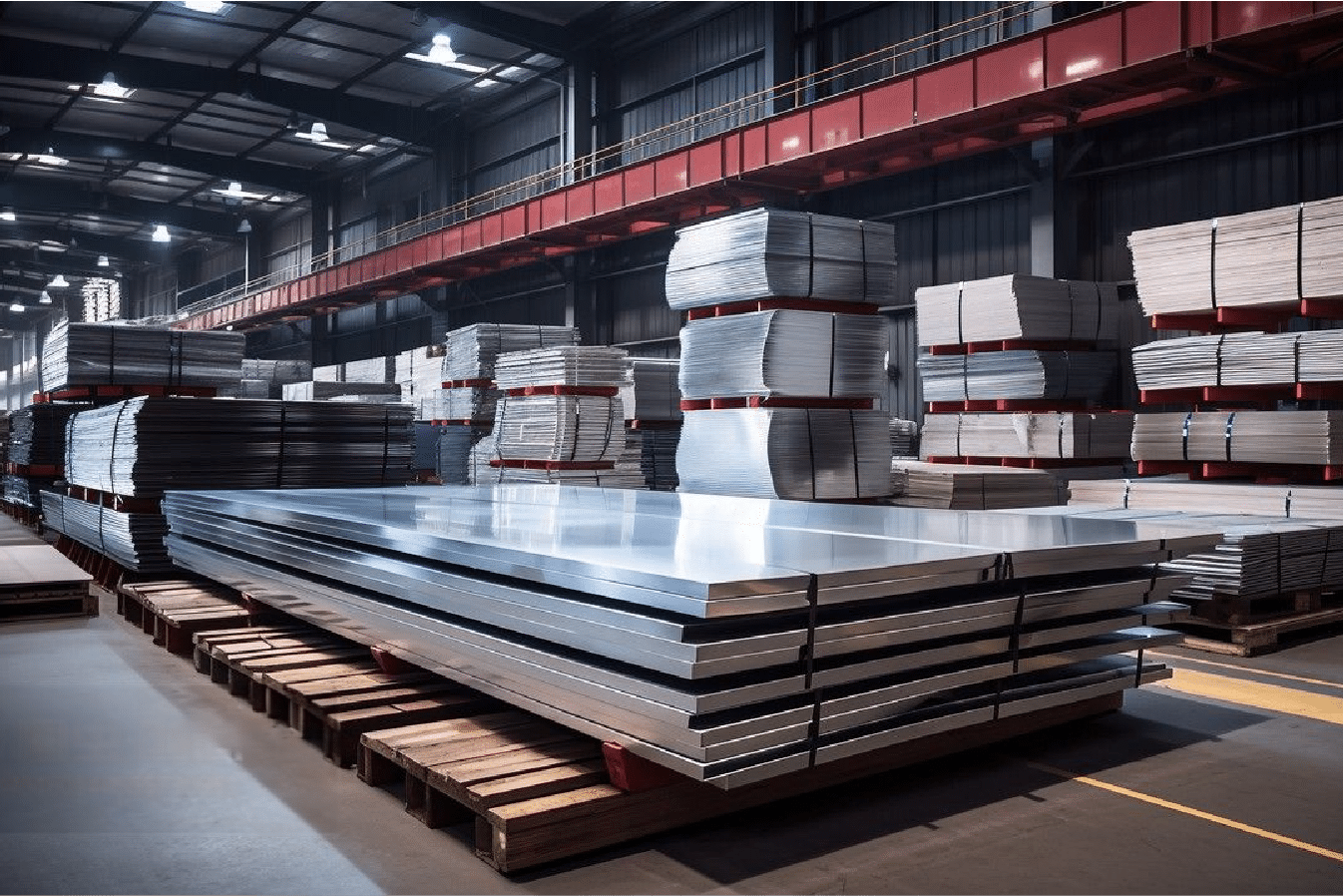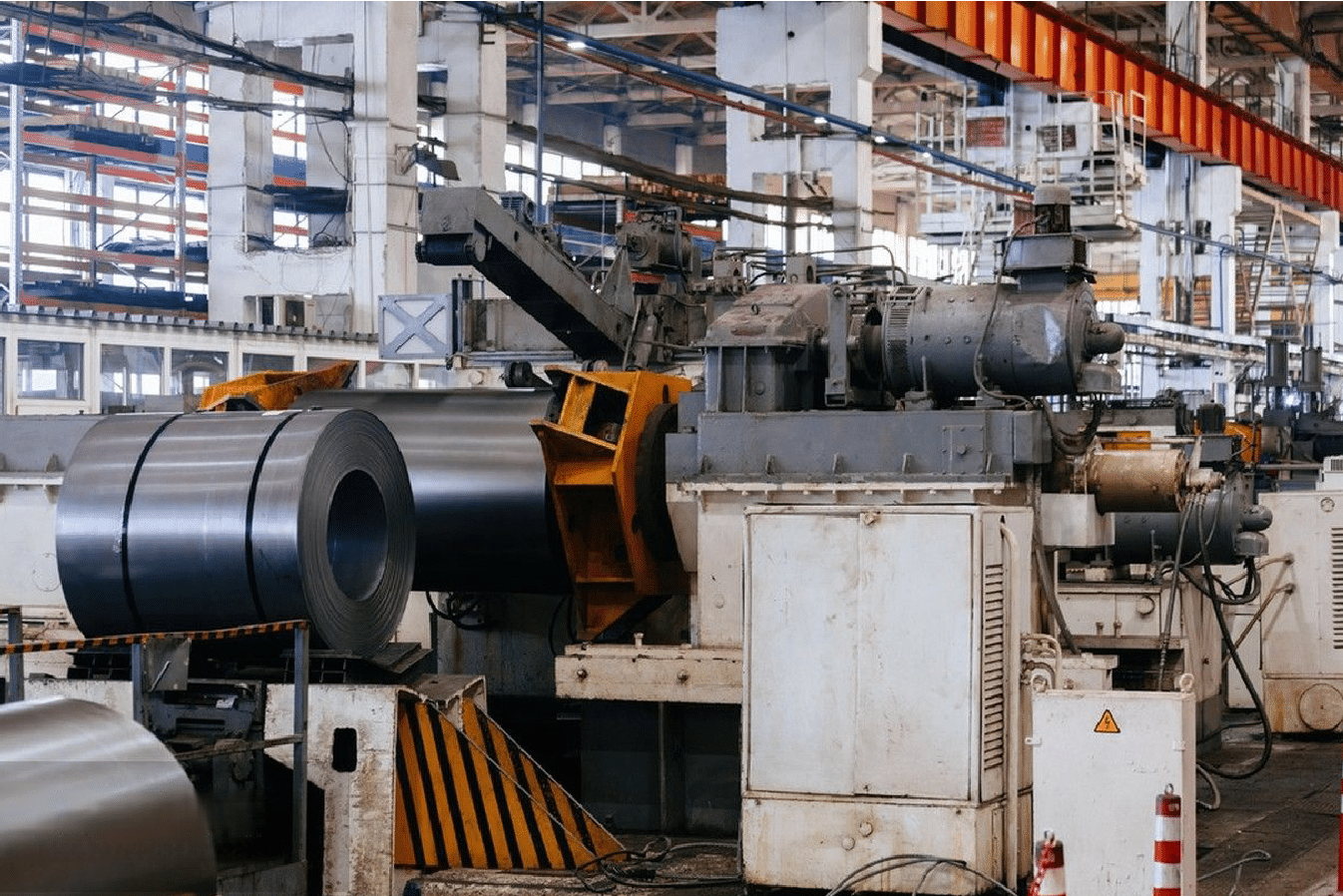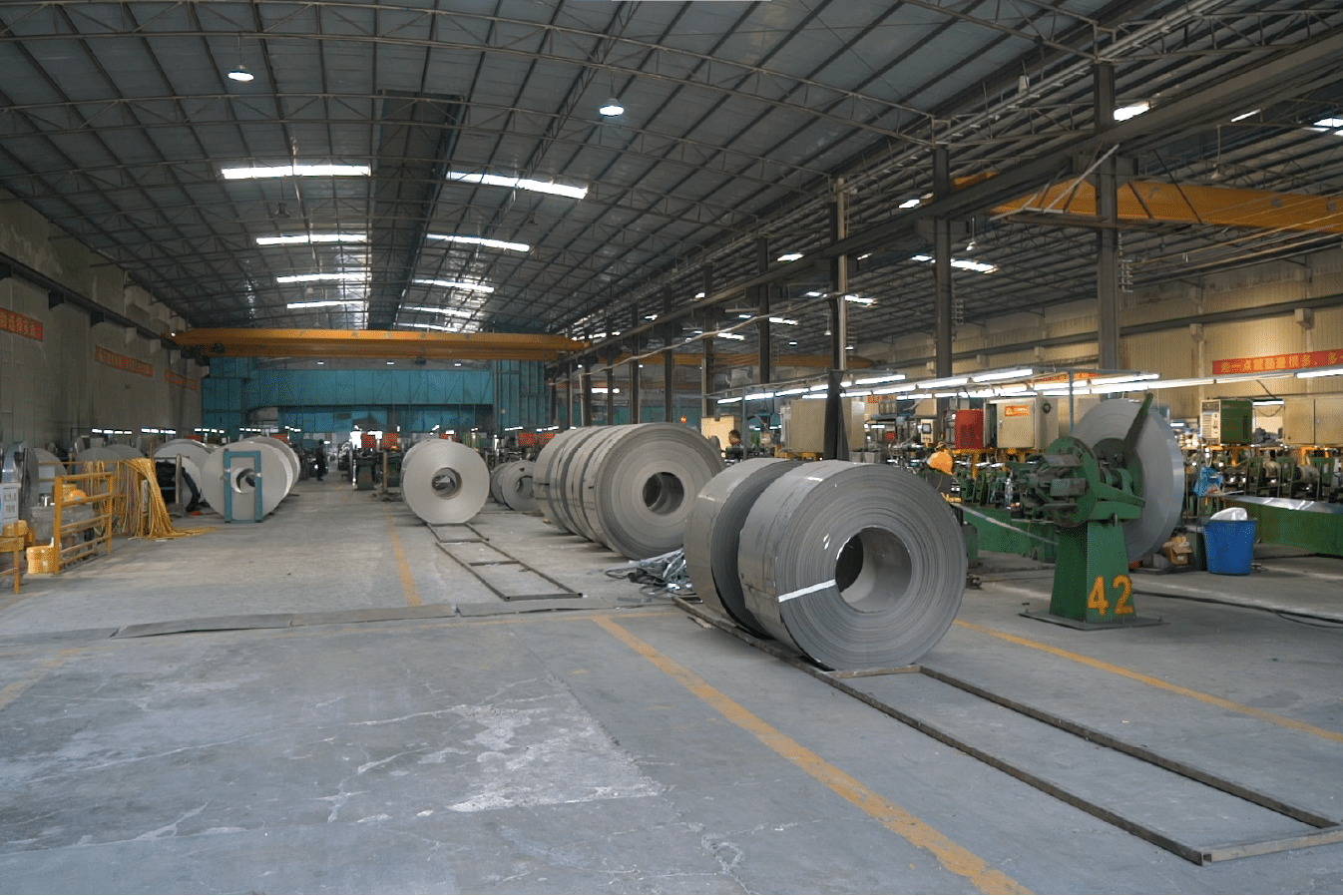As a manufacturer specializing in stainless steel, I've seen 304 grade become the industry standard for versatile applications. Many buyers, however, struggle to understand its unique characteristics and advantages.
304 stainless steel coils1 are austenitic chromium-nickel steel containing 18-20% chromium and 8-10.5% nickel, offering excellent corrosion resistance and formability. They represent approximately 40% of global stainless steel production.
Through my 15 years of experience producing 304 stainless steel coils, I've helped countless clients optimize their material selection. Let me share insights that will help you understand this versatile grade.
Recent market analysis shows that proper application of 304 stainless steel can reduce lifecycle costs by up to 40% compared to lower grades, while providing superior performance in various environments.
What Is the Composition of 304 Stainless Steel Coils?
My experience in metallurgy has shown how crucial composition is to performance.
304 stainless steel coils consist primarily of iron with 18-20% chromium and 8-10.5% nickel2, along with controlled amounts of carbon, manganese, and other elements that enhance specific properties.
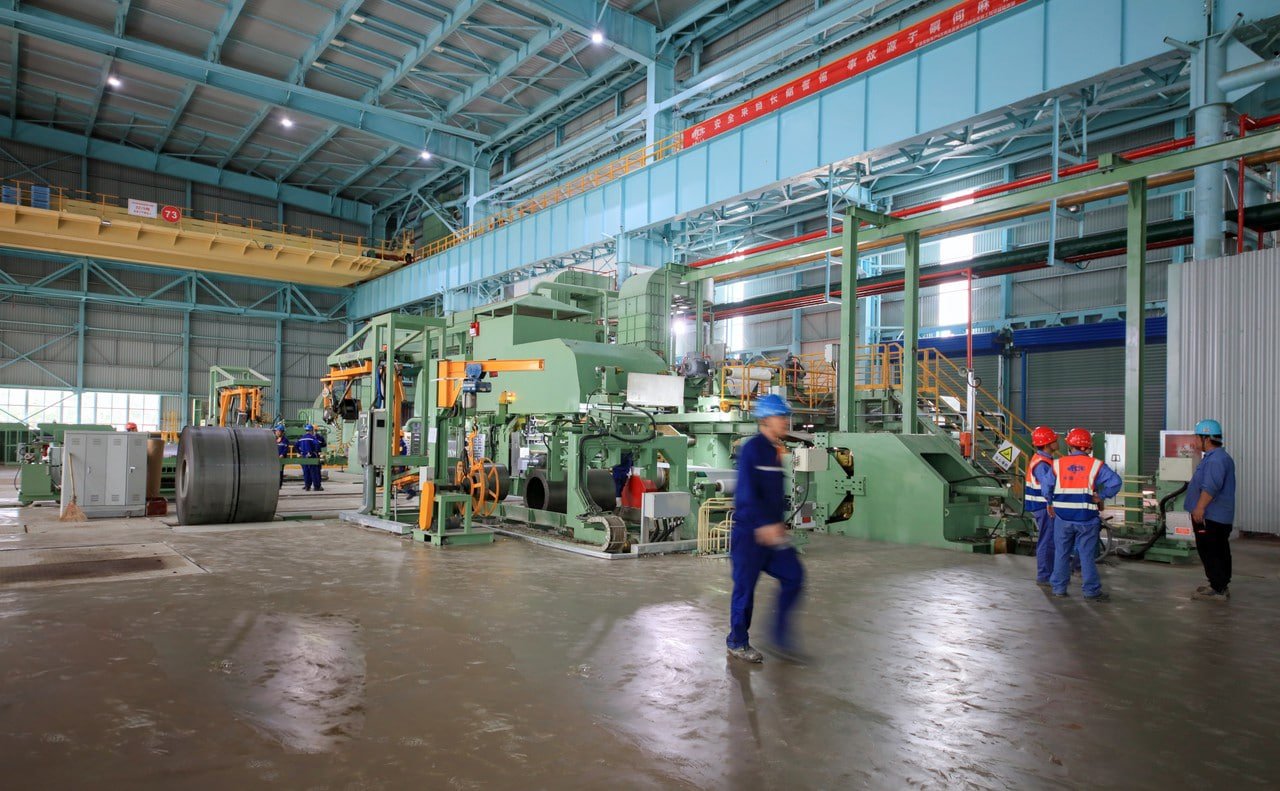
Chemical Composition Analysis
Our laboratory testing confirms:
| Element | Percentage Range | Function | Impact on Properties |
|---|---|---|---|
| Chromium | 18-20% | Corrosion resistance | Primary protection |
| Nickel | 8-10.5% | Structure stability | Austenitic formation |
| Carbon | ≤0.08% | Strength | Mechanical properties |
| Manganese | ≤2% | Deoxidation | Processing aid |
Element Interactions
Key relationships include:
-
Primary Elements
- Chromium-nickel balance
- Carbon content control
- Manganese stabilization
- Silicon deoxidation3
-
Secondary Elements
- Phosphorus limitations4
- Sulfur restrictions5
- Nitrogen effects
- Trace element control
-
Quality Control
- Composition verification
- Property testing
- Structure analysis
- Performance validation
What Are the Typical Mechanical Properties of 304 Stainless Steel Coils?
Through extensive testing in our facilities, I've documented the impressive mechanical characteristics of 304 grade.
304 stainless steel coils typically exhibit tensile strength of 515-720 MPa6, yield strength of 205-310 MPa, and elongation of 40-60%. These properties make them ideal for various forming operations.
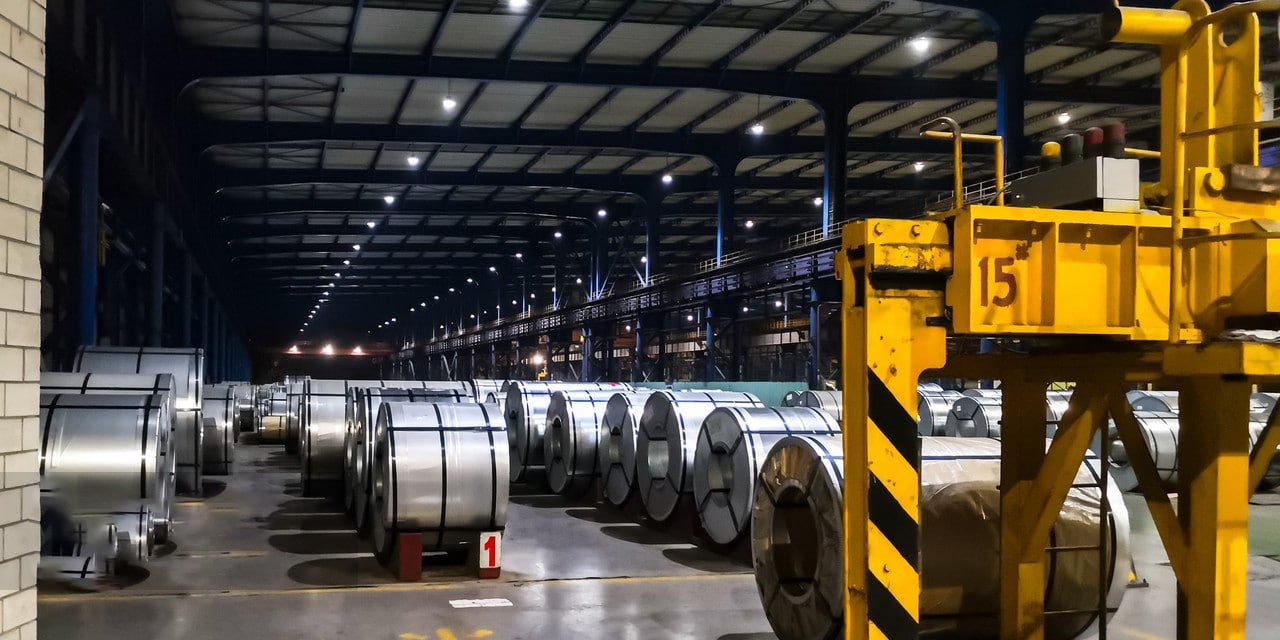
Mechanical Property Analysis
Our testing reveals:
| Property | Typical Range | Test Method | Application Impact |
|---|---|---|---|
| Tensile Strength | 515-720 MPa | ASTM A240 | Structural integrity |
| Yield Strength | 205-310 MPa | ASTM E8 | Forming capability |
| Elongation | 40-60% | ASTM E8 | Ductility measure |
| Hardness | 150-200 HB | ASTM E18 | Wear resistance |
Performance Characteristics
Key attributes include:
-
Strength Properties
- High tensile strength
- Good yield strength
- Excellent ductility
- Superior toughness
-
Forming Capabilities
- Deep drawing ability7
- Stretch forming capacity
- Bending performance
- Rolling characteristics
-
Service Performance
- Fatigue resistance
- Impact strength
- Temperature stability
- Wear behavior
Which Industries Commonly Use 304 Stainless Steel Coils?
My work with various sectors has shown widespread adoption of 304 grade.
304 stainless steel coils are extensively used in food processing, chemical manufacturing, construction, and automotive industries8. Their versatility makes them suitable for applications ranging from kitchen equipment to industrial tanks.
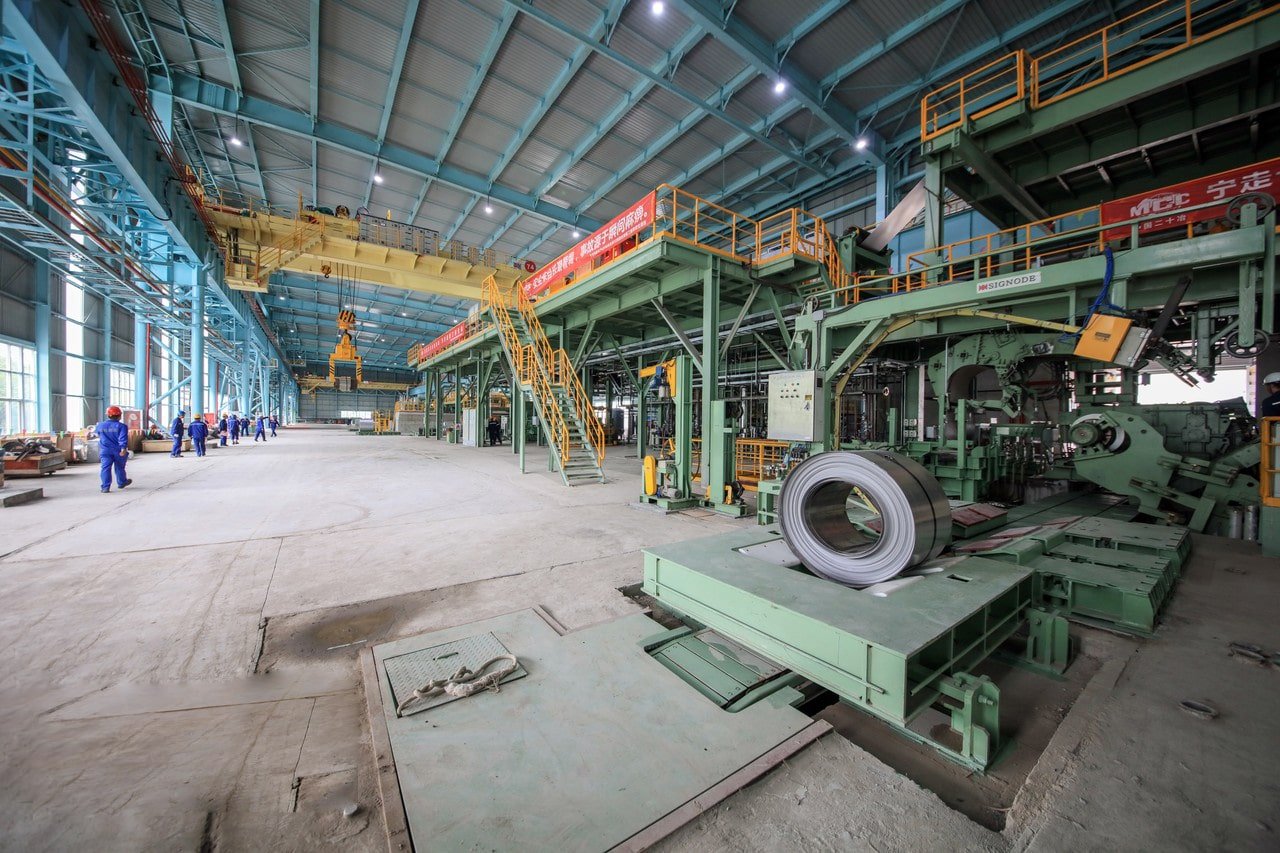
Industry Application Analysis
Market data shows:
| Industry | Common Applications | Key Requirements | Usage Share |
|---|---|---|---|
| Food Processing | Equipment, Tanks | Hygiene, Durability | 30% |
| Chemical | Storage, Piping | Corrosion Resistance | 25% |
| Construction | Facades, Fixtures | Aesthetics, Strength | 20% |
| Automotive | Exhaust Systems | Heat Resistance | 15% |
Application Success Stories
Our experience includes:
-
Food Industry
- Processing equipment
- Storage tanks
- Transport containers
- Kitchen facilities
-
Chemical Processing
- Reaction vessels
- Storage tanks
- Transfer lines
- Heat exchangers
-
Construction Applications
- Building facades
- Structural elements
- Decorative features
- Support systems
Why Is 304 Stainless Steel Widely Preferred Over Other Grades?
Through years of customer feedback and market analysis, I've identified key advantages that make 304 the preferred choice.
304 stainless steel is widely preferred due to its excellent balance of corrosion resistance, mechanical properties, and cost-effectiveness9. It offers superior formability and weldability compared to other grades.
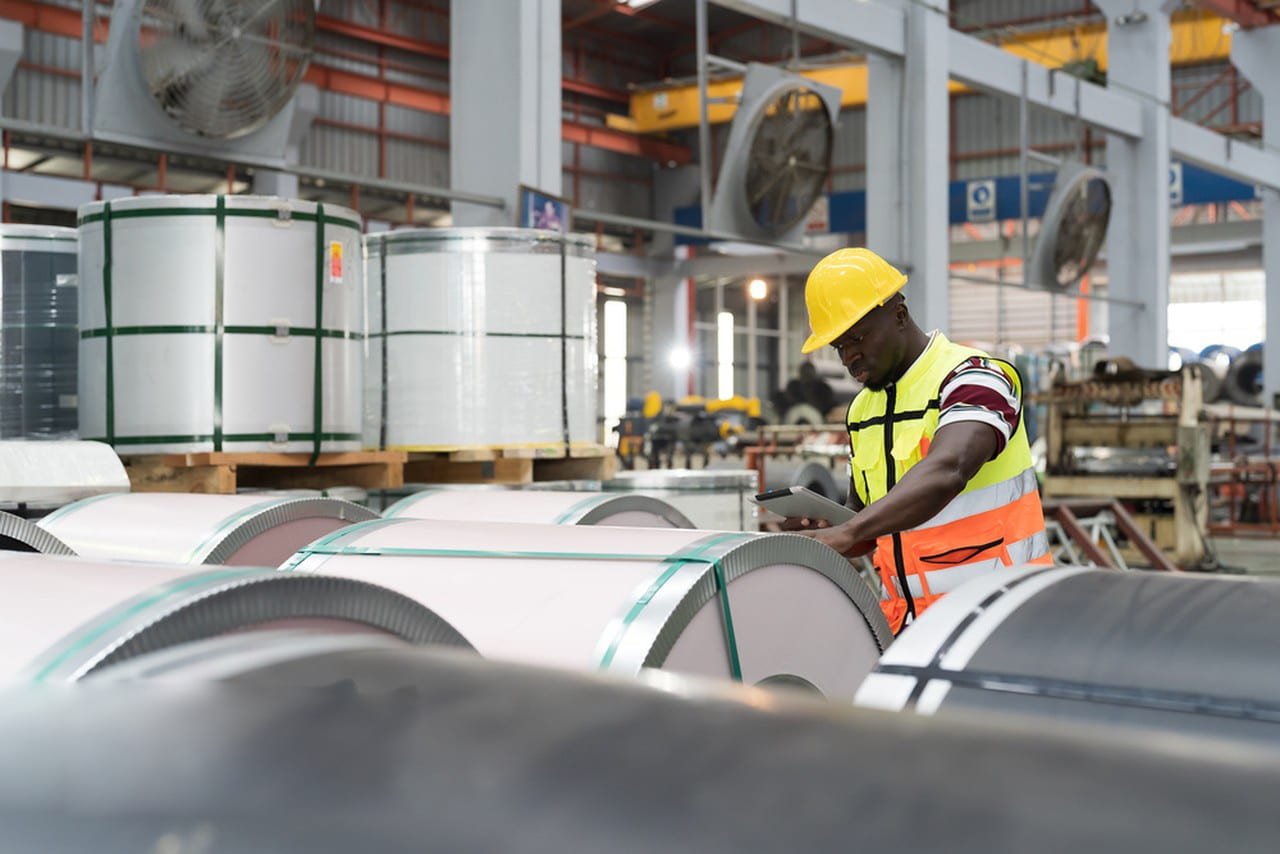
Comparative Advantages
Analysis shows:
| Feature | Benefit | Impact | Value Proposition |
|---|---|---|---|
| Versatility | Multiple applications | Reduced inventory | Cost savings |
| Formability | Easy processing | Lower scrap rate | Production efficiency |
| Availability | Quick sourcing | Reduced lead times | Supply chain benefits |
| Cost-effectiveness | Value for money | Better ROI | Economic advantage |
Performance Benefits
Key advantages include:
-
Processing Advantages
- Excellent formability
- Superior weldability
- Good machinability
- Consistent quality
-
Economic Benefits
- Competitive pricing
- Lower maintenance
- Long service life
- High resale value
-
Technical Advantages
- Corrosion resistance
- Mechanical properties
- Temperature stability
- Surface finish options
How Does 304 Stainless Steel Coil Compare to Other Stainless Steel Grades?
My experience in material selection has provided clear insights into grade comparisons.
304 stainless steel offers a balanced combination of properties, sitting between the more economical 200 series and the premium 316 grade10. It provides optimal performance for most applications at a competitive cost.
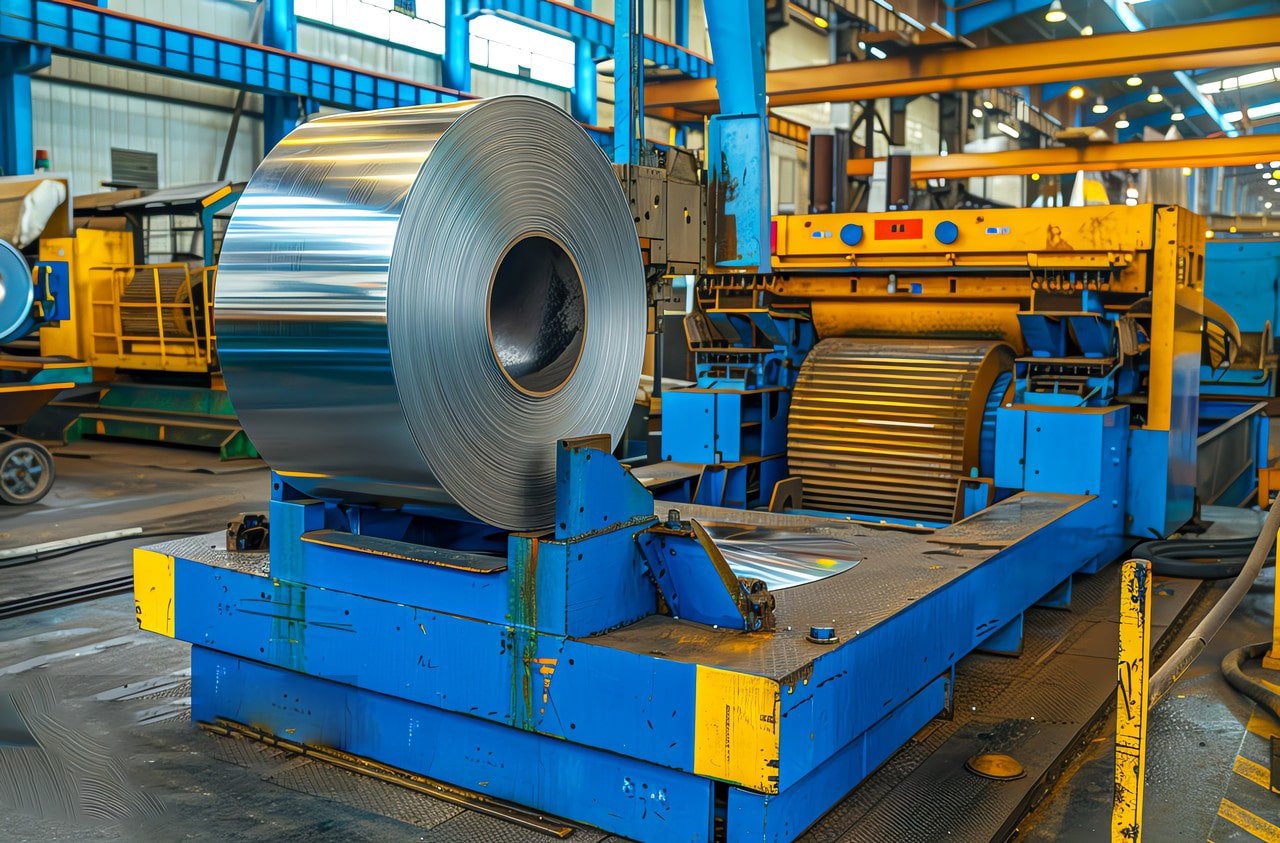
Grade Comparison Analysis
Our research shows:
| Property | 304 Grade | 316 Grade | 430 Grade |
|---|---|---|---|
| Corrosion Resistance | Very Good | Excellent | Good |
| Cost | Moderate | High | Lower |
| Formability | Excellent | Very Good | Good |
| Market Availability | Excellent | Good | Very Good |
Performance Comparison
Notable differences include:
-
Corrosion Resistance
- Better than 400 series
- Adequate for most environments
- Cost-effective protection
- Reliable performance
-
Mechanical Properties
- Superior to ferritic grades
- Comparable to other austenitics
- Better forming characteristics
- Good strength retention
-
Cost Considerations
- More economical than 316
- Better value than 200 series
- Optimal lifecycle costs
- Market availability advantage
Conclusion
304 stainless steel coils represent an optimal balance of properties, cost, and performance for most applications. Understanding their characteristics helps ensure proper material selection and successful application outcomes.
-
Learn about the composition and uses of 304 stainless steel coils ↩
-
Explore the role of chromium and nickel in enhancing stainless steel properties ↩
-
Understand silicon's role in improving stainless steel quality ↩
-
Discover the impact of phosphorus on stainless steel properties ↩
-
Learn about sulfur's influence on stainless steel's machinability ↩
-
Find out the strength and ductility measures of 304 stainless steel ↩
-
Understand the deep drawing process in stainless steel manufacturing ↩
-
Identify the sectors that benefit from using 304 stainless steel ↩
-
Explore the advantages of choosing 304 over other stainless steel grades ↩
-
Compare the performance and cost differences among stainless steel grades ↩

